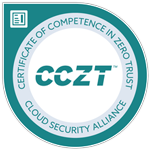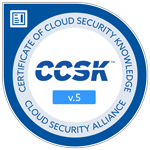
Connect to Lidl EDI via XEDI
For suppliers looking to trade electronically with Lidl, EDI integration is a critical requirement. XEDI provides a reliable and efficient solution for establishing and managing your EDI connection with Lidl, ensuring full compliance and operational efficiency.
Step 1: Create and Configure Your XEDI Account
Start by registering on XEDI. Once your account is active, input your business details and set up your EDI preferences within the dashboard. This provides the foundation for seamless data exchange.
Step 2: Initiate the Connection with Lidl
Navigate to the partner directory and locate Lidl. Submit a connection request, ensuring that your company details are accurate and up to date. It’s important to familiarise yourself with Lidl’s EDI onboarding requirements at this stage.
Step 3: Define EDI Document Mapping
Configure key EDI documents, such as purchase orders and invoices, in line with Lidl’s data format requirements. XEDI’s mapping tools allow you to translate internal data into Lidl’s preferred structure. Regular maintenance of your mappings is recommended to reflect any changes in Lidl’s specifications.
Step 4: Test and Validate Data Exchanges
Before going live, conduct multiple rounds of testing to confirm data integrity and compatibility. Use the validation tools available within the XEDI platform to identify and correct any discrepancies. This step is vital to ensure smooth operation once trading commences.
Step 5: Transition to Live Operations
Upon successful testing, your connection will be ready to go live. Monitor transactions directly through the XEDI dashboard and ensure ongoing compliance. Regular communication with Lidl is advised to remain informed about any updates or changes to their EDI processes.
Key Benefits of Using XEDI for Lidl EDI Integration
-
Operational Efficiency – Automate document exchange to reduce manual workload and minimise errors.
-
Real-Time Visibility – Receive instant notifications for order updates, amendments, and confirmations.
-
Data Security – All transactions are protected with enterprise-grade encryption protocols.
-
Scalability – As your trading network expands, XEDI scales with you—adding partners and document types as required.
-
Cost Control – Reduce administrative overhead and improve processing accuracy.
Best Practice Recommendations
-
Internal Training – Ensure relevant staff understand the EDI workflow and how to use the XEDI platform effectively.
-
Support Access – Leverage XEDI’s support resources to address any technical issues during setup or operation.
-
Maintain Documentation – Keep a detailed record of your configuration settings for audit and troubleshooting purposes.







